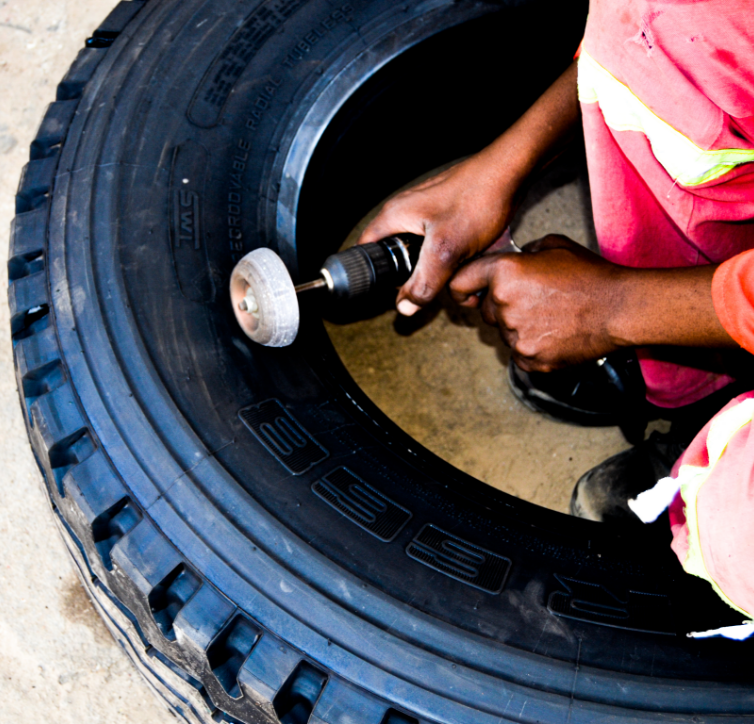

FAQs – Tyre Management System
1. What is a Tyre Management System?
A TMS is essentially a database that tracks the kilometres travelled by an individual tyre against the tread wear in order to calculate the cost per kilometre of that tyre. Since the system captures the tyre make, model, size, DOT number, load index and serial number against a unique tyre ID, as well as all movements on and off vehicles, air pressures, repairs and retreads, one is able to extract much more by way of reporting than just the CPK.
2. What are the benefits of BTMS?
Budini’s software has been in continued development for over thirty years. The company run their own test fleet with upwards of a thousand vehicles. They also work in conjunction with a large customer base in forty countries to tailor reporting capacities to the needs of a range of different fleets. BTMS cover every aspect of tyre management helping you streamline your systems and reduce costs.
3. What kind of reports can I get from the system?
DATAMARK will work with you to access more in depth reporting to suit your needs. Clients receive daily emails of the Vehicle Inspections Reports which includes tread depths and air pressures and highlight flat tyres, low pressures, mismatches and missing wheel positions .It is possible to work with the DATAMARK TMS Manager to request other reports on a schedule or on demand. In addition, clients receive a monthly report package which is customised to their business needs. Reports are emailed and presented in person by DATAMARK Management.
4. What access do I have to reporting from BTMS?
Clients can have access to a web based dashboard secured by user name and password with a selection of real time insights into their fleet.
5. What is the implementation process?
Tyres are marked with a unique Tyre ID either by brand or vulcanised barcode. The tyre ID is registered on a Record of Marks together with the cost of the tyre, its make, model, size, DOT number, serial number, load index, and tread depth. Tyres are registered either as new or in use, retreads or new with new vehicles. Tyres in use are registered against their current position on a vehicle together with their current tread depth and the vehicle’s mileage on that day as well as a prorated cost according to the tread left on the tyre.
The ROM is sent to head office to be uploaded onto BTMS and then filed for future reference.
6. What information does the client need to provide for the implementation?
- An up to date and comprehensive fleet sheet along with horse and trailer pairing/and or trailer hubodometers.
- Copies of tyre invoices to ascertain the true cost of tyres on vehicles and tyres in stores.
- Internet connection
7. What contributions does the client make to the running of the system?
- Provision of paperwork for tyre purchases, repairs, retreads and sale of casing so that we can keep an accurate cost of the tyre on the system to calculate the CPK.
- Access to a daily mileage report provided by a telematics company.
8. Will there be disruption to the daily running of the site?
DATAMARK teams work independently of the client’s staff and have minimal impact on the daily running of your site.
9. How are inspection conducted?
Tread depths and air pressures are taken electronically with Budini’s integrated Pneuspector and tablet based Pocket Survey app. The inspections are then uploaded directly to the BTMS at head office.
10. What volume can your inspectors handle?
Two inspectors can perform inspection and air pressure top up on up to 25 trucks a day.
11. Does DATAMARK handle tyre scrapping?
Tyre scrapping should be carried out by a third party in the presence of both DATAMARK and client personal to ensure absolute transparency.
